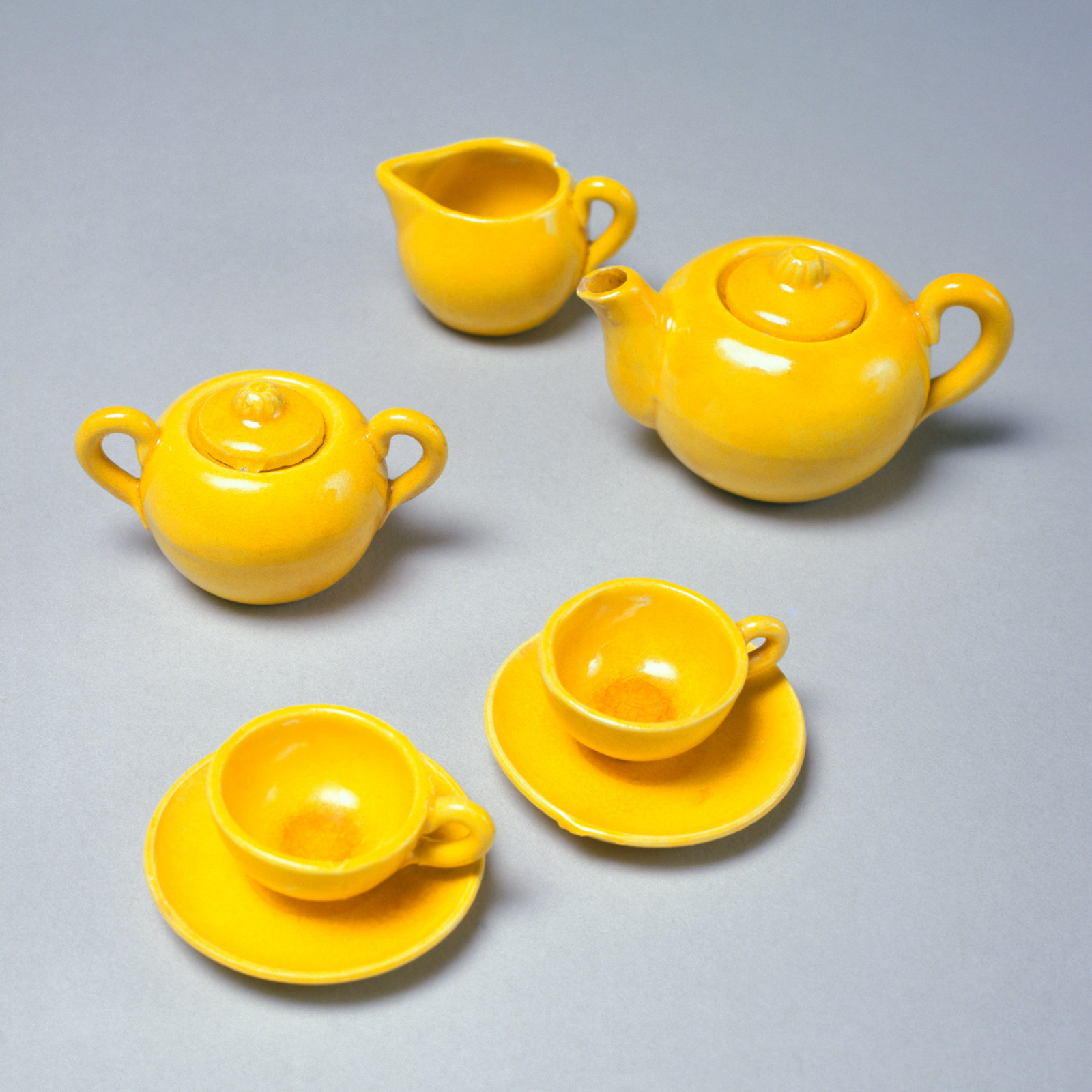The Duke of Northumberland’s cup
This fine two-handled lidded cup, made in silver gilt by London silversmith William Elliott, was presented to ‘Lieutenant Colonel George Johnston’ of Annandale, New South Wales, by his patron Hugh Percy, 2nd Duke of Northumberland (1742-1817).
George Johnston (1764-1823) was born in Annandale, Dumfriesshire, Scotland, the son of David Johnston, Lieutenant of Marines. David Johnston served as aide-de-camp to Hugh Percy, then Lord Percy, during the American War of Independence, accompanied by young George who later secured a commission in a marine company through Percy’s patronage. After serving in north America, the West and East Indies, Johnston volunteered for the marine detachment raised to accompany the First Fleet to New South Wales. He went on to become commanding officer of the New South Wales Corps and was promoted Lieutenant Colonel in April 1808 but in the meantime he had, on 26 January 1808, arrested Governor Bligh in an act of ‘loyal rebellion’. He was court-martialled in London in 1811 and cashiered. Northumberland had supported Johnston throughout his career and through the trial. In December 1814, in a final act of friendship he sent this cup to Johnston ’as a mark of remembrance with esteem’ - more consolation prize than trophy.
Published on
Collection items
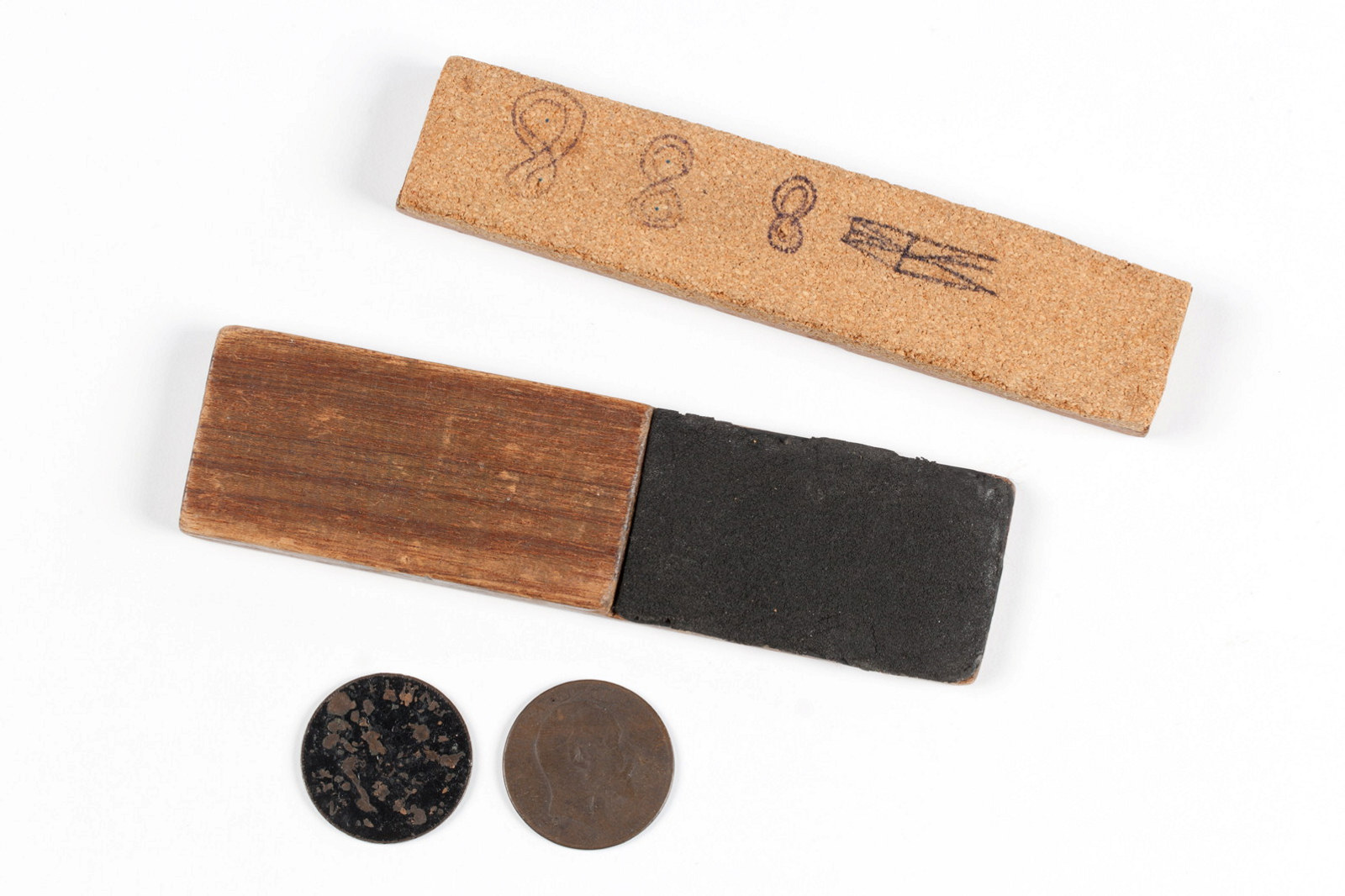
Come in spinner!
Gambling in Australia is regulated by the state and some types of gambling are illegal. The game Two-up, with its catch cry of ‘Come in Spinner!’, is legal only on Anzac Day and only in some states
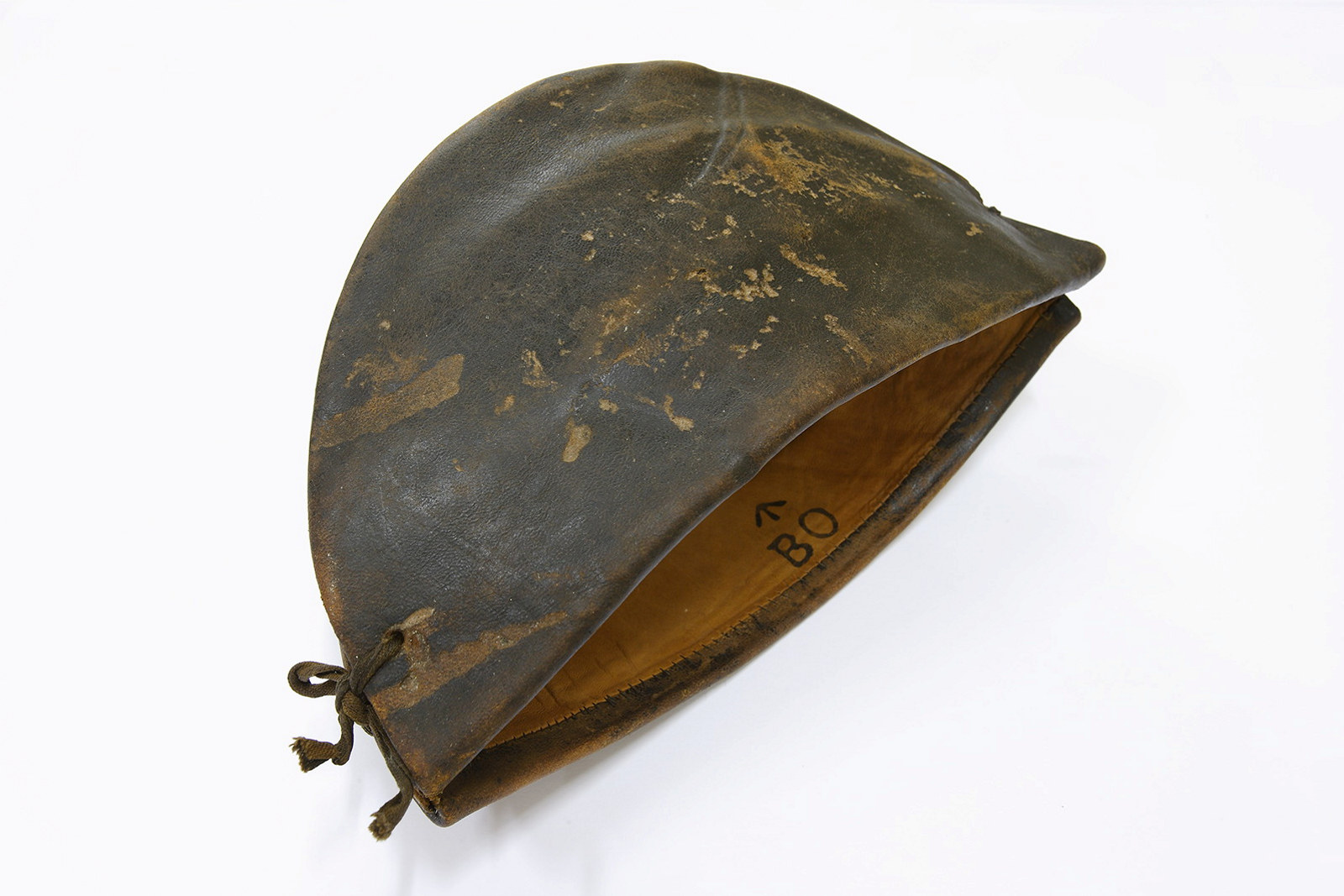
Convict Sydney
Convict cap
A hat was known as a castor or a kelp in the convict ‘flash’ slang language

The trophy cabinet
Trophies are symbolic objects, intended for display as evidence of achievement, especially of victory in a contest of some kind
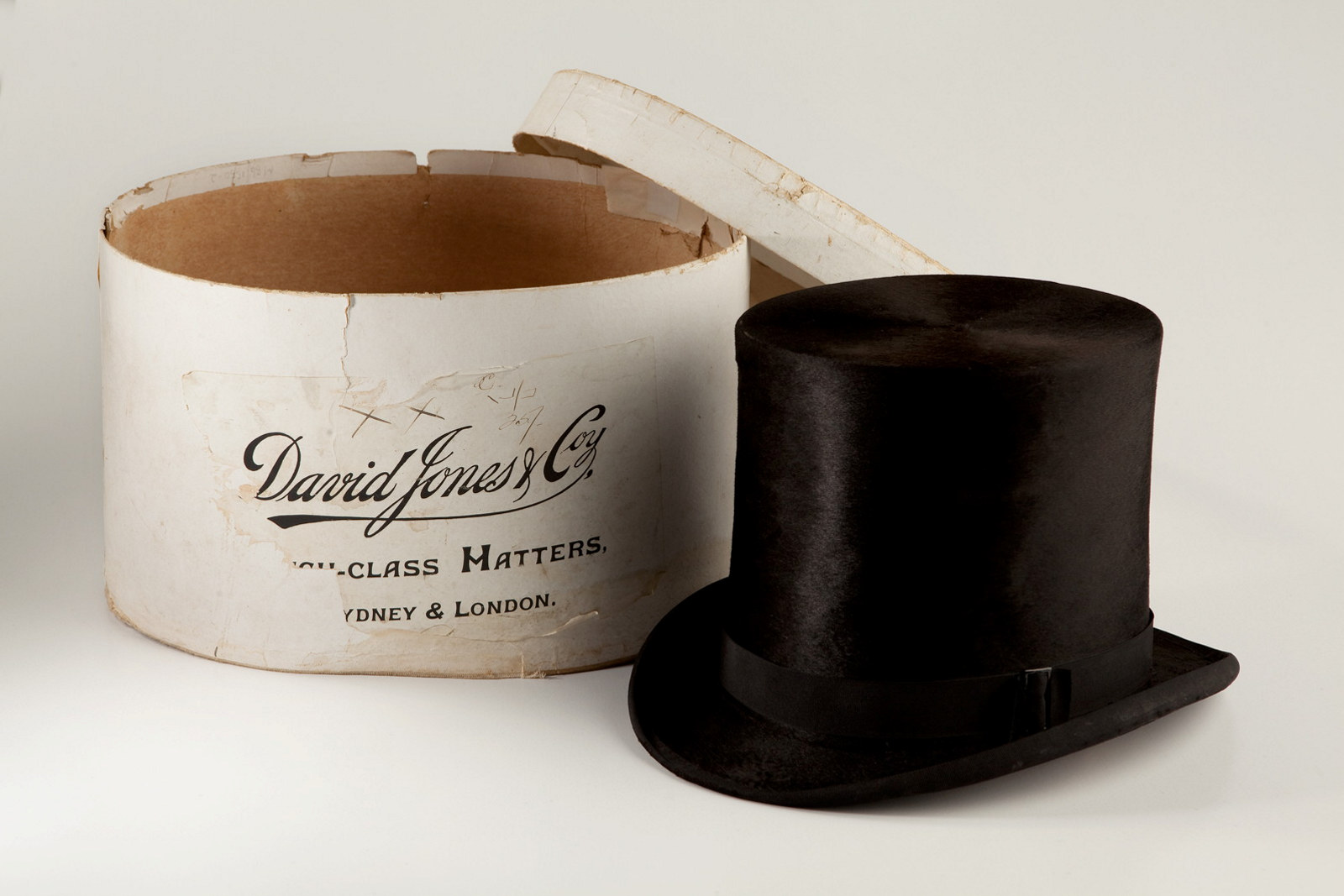
Bicornes, bonnets & boaters
There’s a variety of headwear across our collections ranging in date from early to late nineteenth century
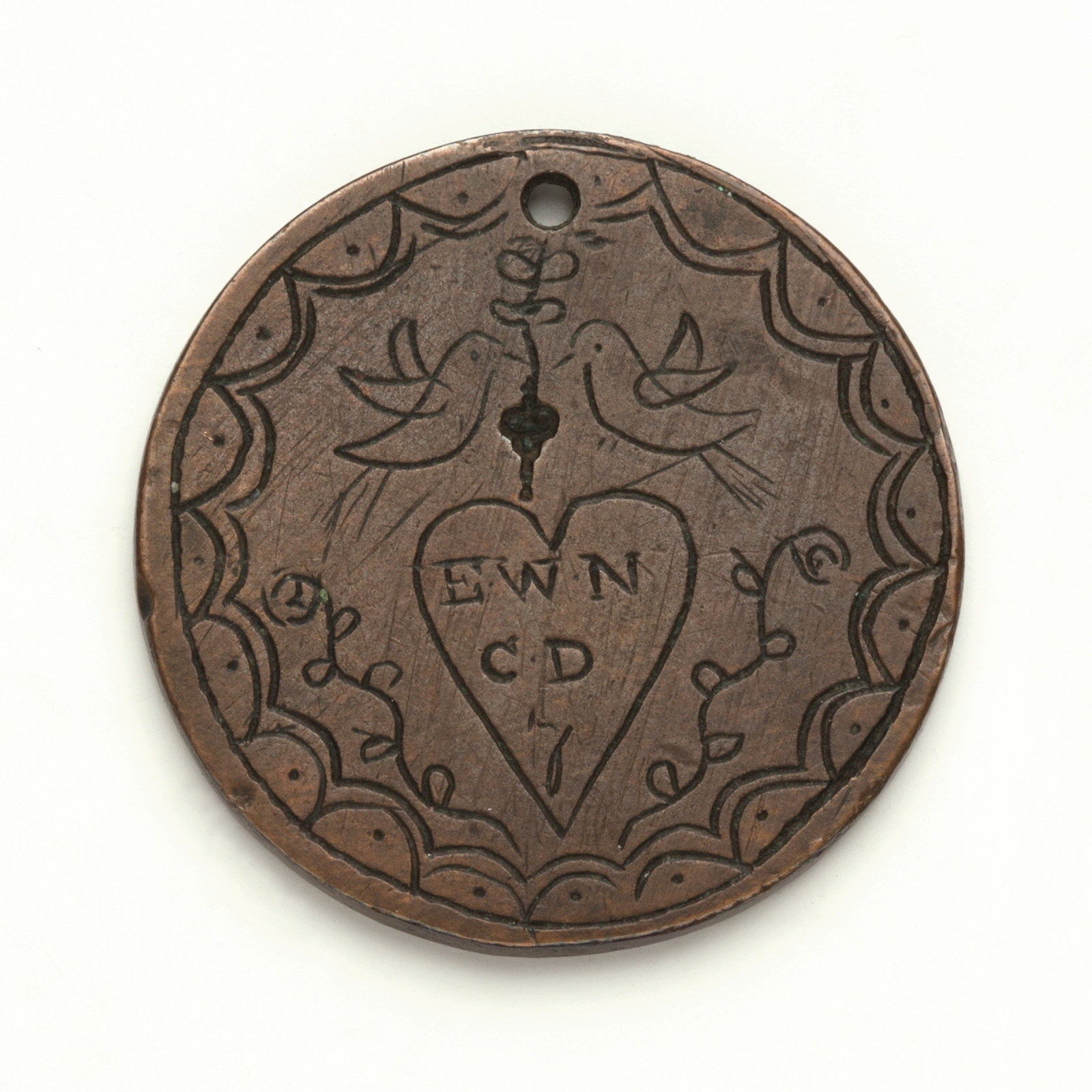
Convict Sydney
Love token, Donovan
This very detailed token was probably made by a nineteen year old called Cornelius Donovan
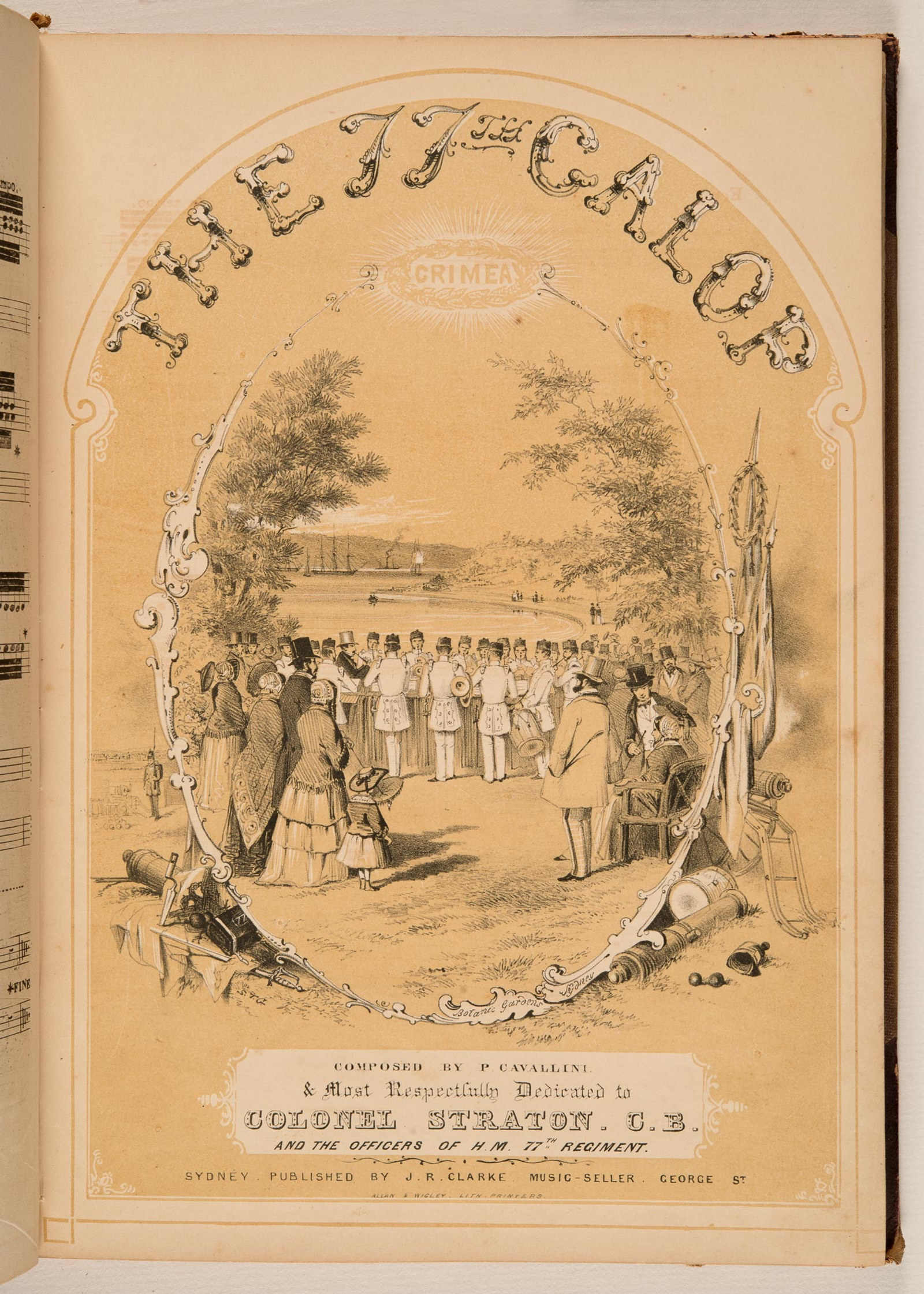
Reading the score
Since the early 1800s, Australian households have purchased sheet music to enliven their drawing room repertoire
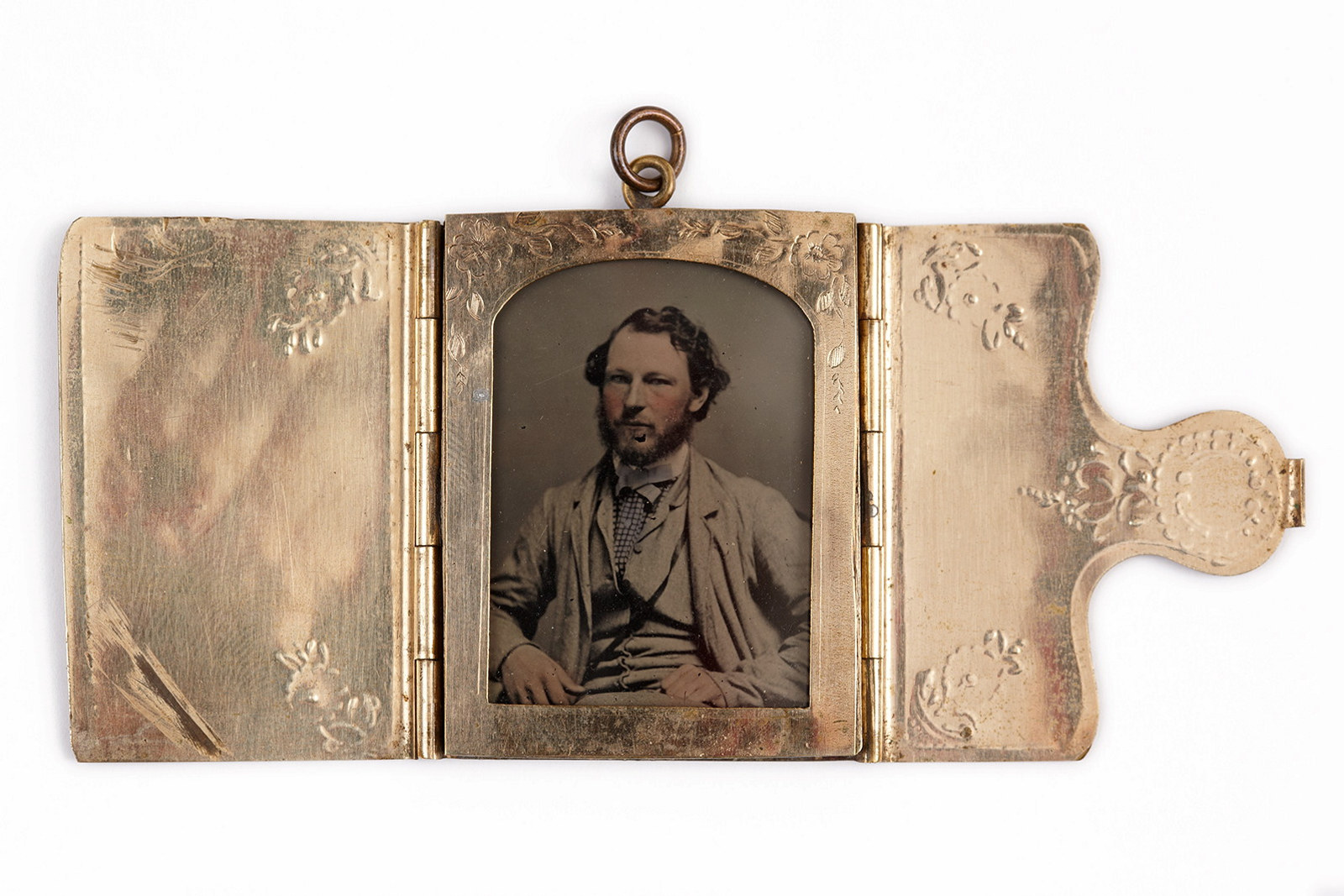
Close to the heart
Expressions of love and endearment have long been embodied in keepsakes or jewellery worn or held close to the body
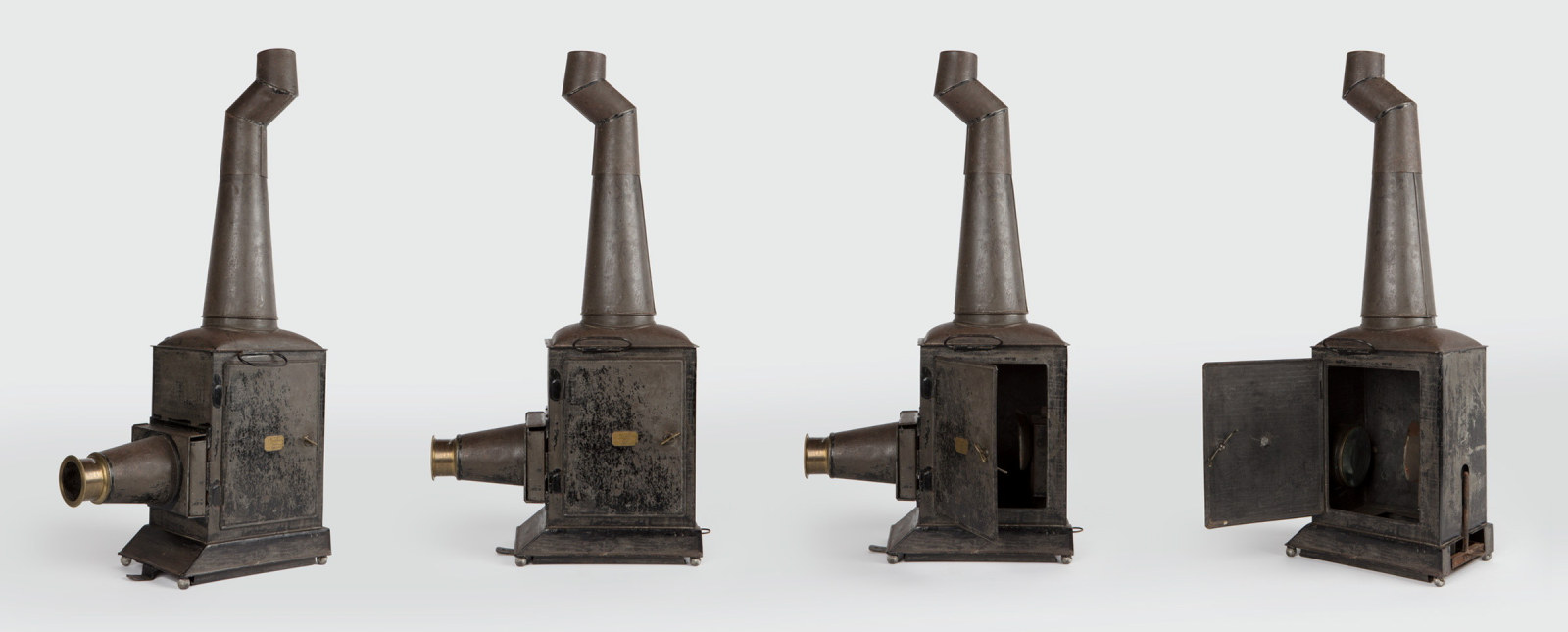
Magic lantern at Rouse Hill Estate
The Rouse Hill House magic lantern is a mid-19th century example of a form of image projector which dates back to the 17th century
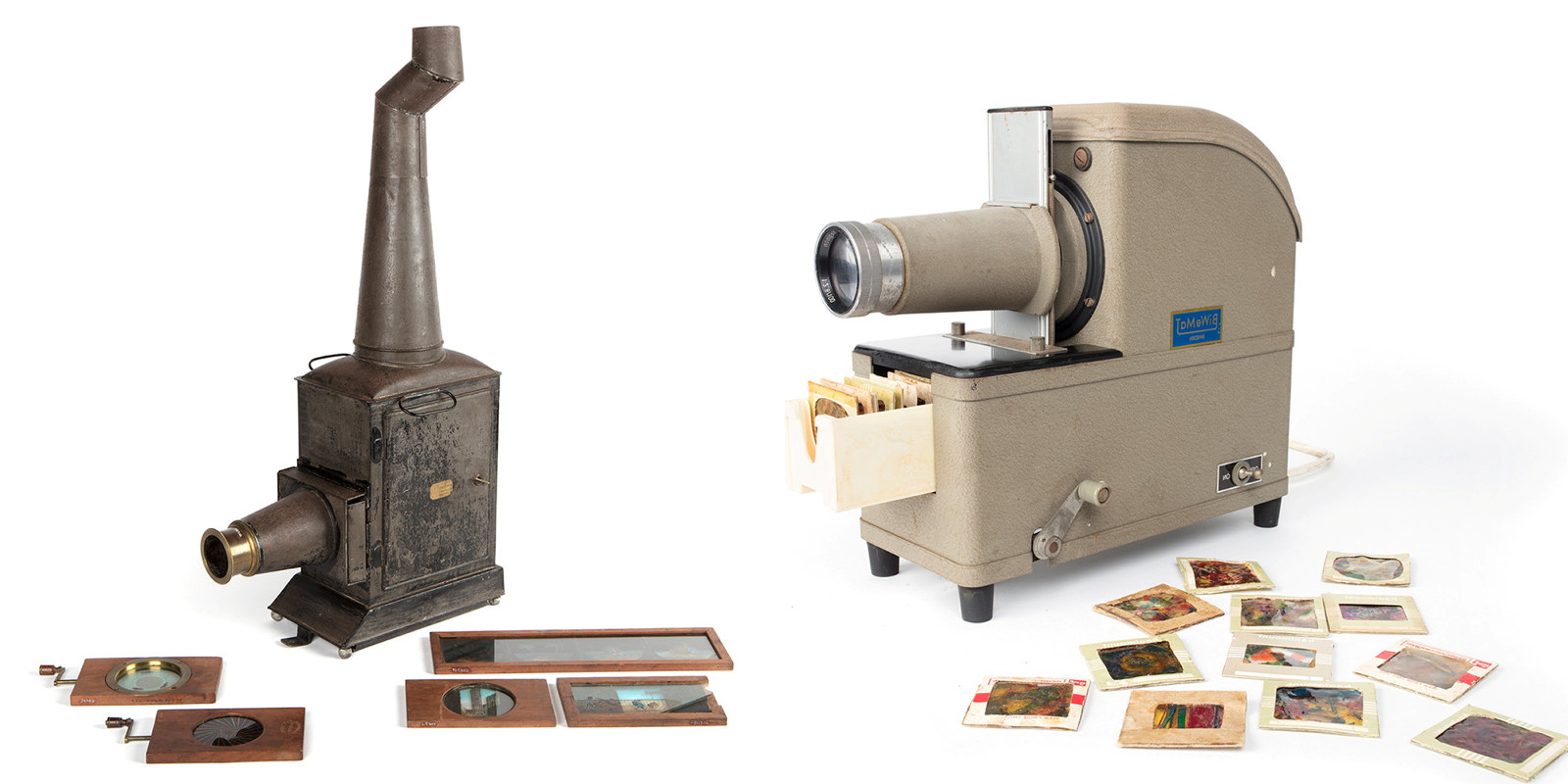
Projected across time
In the late 1960s, John Terry, then a young man living at Rouse Hill Estate, composed avant-garde music which he set to abstract projected images, and performed at various locations in Sydney
